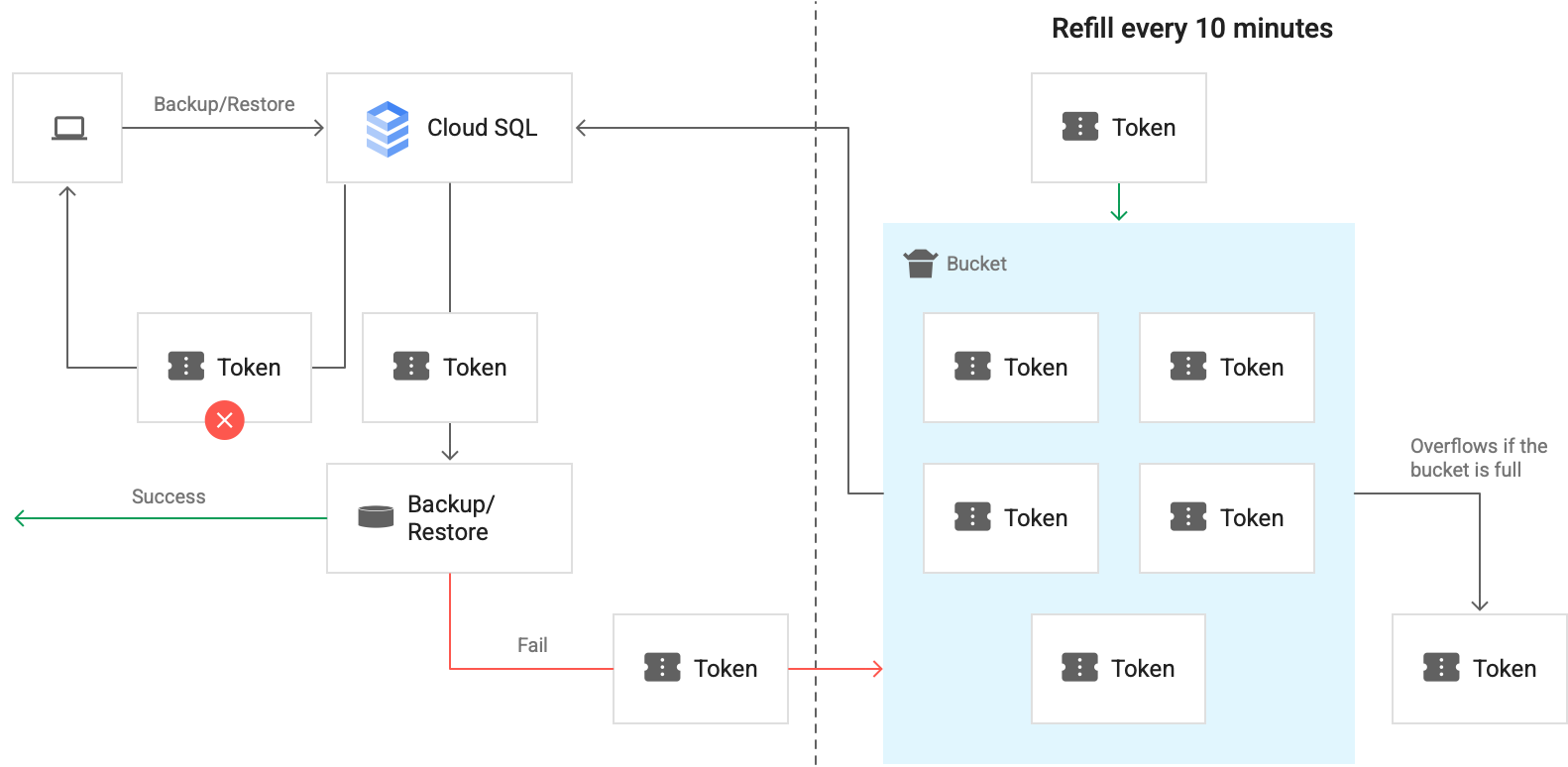Gcloud SQL Backups List
Backing up your GCP Cloud SQL databases is crucial to ensuring the safety and security of your data. Google Cloud Platform offers a convenient way to manage and view all your backups with the Gcloud SQL backups list command. In this article, we will explore how to use this command effectively to keep track of your database backups.
Why Backup Your Cloud SQL Databases?
Backups are essential in protecting your data from accidental deletion, corruption, or other unforeseen events. By regularly backing up your Cloud SQL databases, you can easily restore your data to a previous state in case of any issues.
Google Cloud Platform provides automated backups for your Cloud SQL instances, but it’s also important to monitor and manage these backups yourself. The Gcloud SQL backups list command allows you to view all your backups in one place and keep track of when they were created.
How to Use Gcloud SQL Backups List
Using the Gcloud SQL backups list command is simple and can be done through the Google Cloud SDK or the Cloud Shell. To view your backups, follow these steps:
- Open the Cloud Shell or launch the Google Cloud SDK.
- Run the following command:
gcloud sql backups list --instance=INSTANCE_NAME - Replace
INSTANCE_NAMEwith the name of your Cloud SQL instance. - You will see a list of all the backups associated with your instance, including their creation time, status, and location.
By regularly using the Gcloud SQL backups list command, you can ensure that your backups are up to date and readily available for recovery purposes. Make sure to monitor the status of your backups and address any issues promptly to avoid data loss.
Best Practices for Managing Cloud SQL Backups
Here are some best practices to consider when managing your Cloud SQL backups:
- Regularly review your backups and verify that they are successful.
- Set up notifications for backup failures to address them promptly.
- Keep multiple copies of your backups in different locations for redundancy.
- Test your backups periodically to ensure they can be restored successfully.
Following these best practices can help you maintain the integrity and availability of your data in the event of a disaster or data loss.
Conclusion
Ensuring the safety and security of your data is paramount, especially in a cloud-based environment. By utilizing the Gcloud SQL backups list command and following best practices for managing your Cloud SQL backups, you can be prepared for any unexpected situations that may arise.
Remember to regularly monitor your backups, test their integrity, and address any issues promptly to maintain the continuity of your business operations. Protecting your data should always be a top priority, and using tools like Gcloud SQL backups list can help you achieve that goal.
